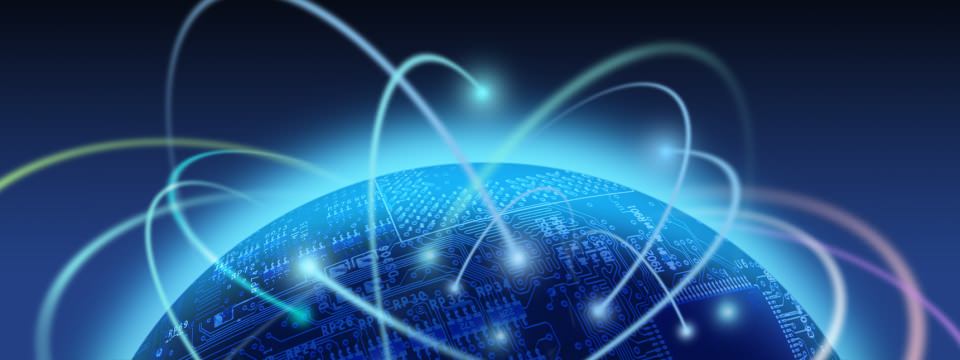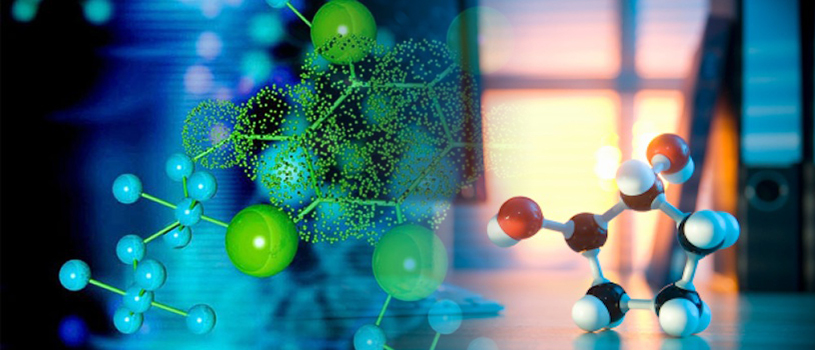
Rashid Bashir , Taher Saif and colleagues have developed small, soft biological robots, dubbed "bio-bots," that can walk and swim on their own or when triggered by electrical or light signals.

A British researcher discusses why AI and cybernetics are moving beyond the realm of science fiction - but warns that the technologies also raise significant ethical questions.

Engineers have programmed cells to remember and respond to events. This approach to circuit design enables scientists to create complex cellular state machines and track cell histories.

A few years ago, researchers from Germany and Japan were able to simulate one percent of human brain activity for a single second. It took the processing power of one of the world’s most powerful supercomputers to make that happen.

The substance that provides energy to all the cells in our bodies, Adenosine triphosphate (ATP), may also be able to power the next generation of supercomputers. The discovery opens doors to the creation of biological supercomputers that are about the size of a book.

Scientists are one step closer to making more complex microscopic biological machines, following improvements in the way that they can